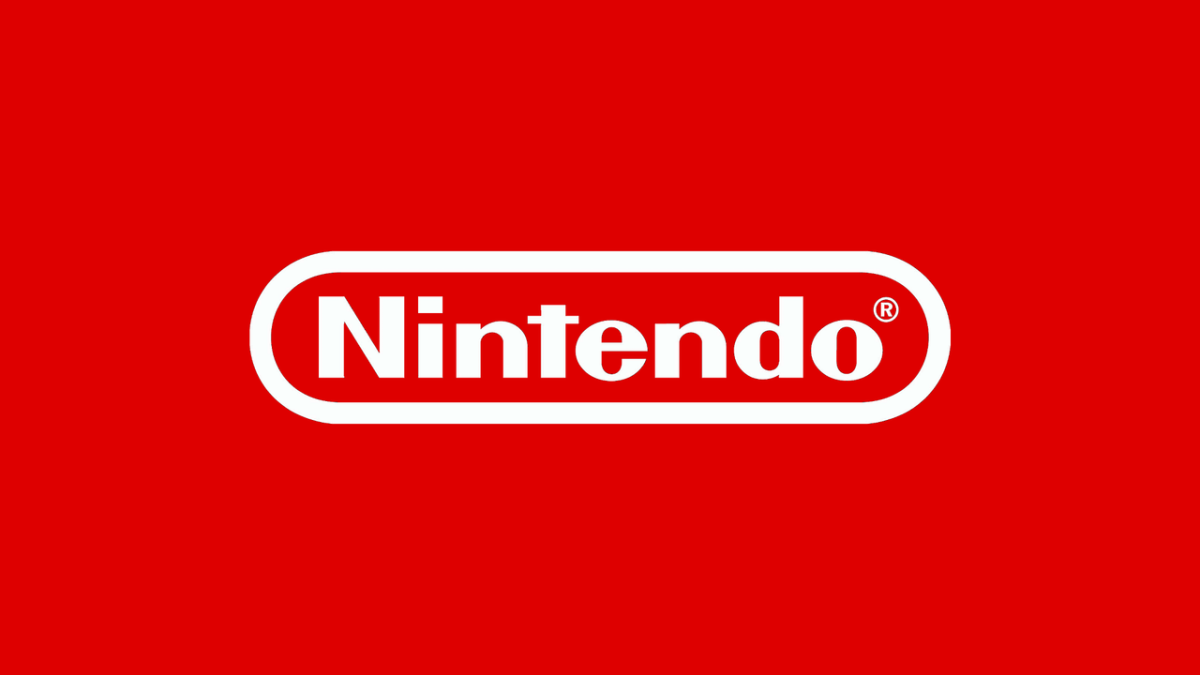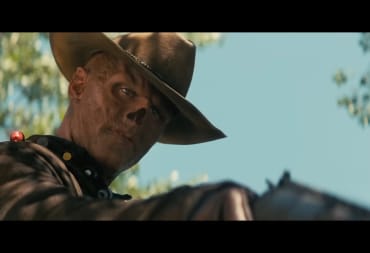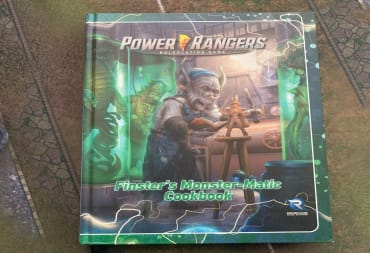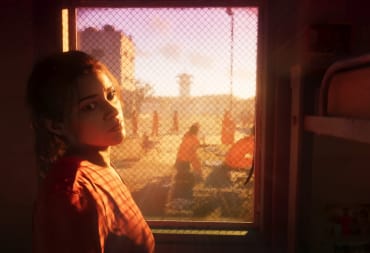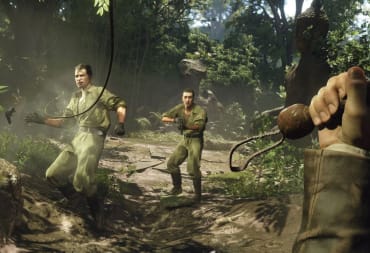Two years ago, I would have said that Nintendo was in a spot of trouble. The Wii U wasn’t doing the company’s brand any favors, and any time a big AAA game was released, no one even considered asking if it’d make an appearance on the Nintendo machine. But 2017 has served as a huge turning point for the Japanese company. March saw the successful release of a console that dared to go where no other has gone, and it has been continuously supported by powerful software. Let’s take a look and see how one of the industry’s biggest names fared in the past year.
Cartridges Are Back
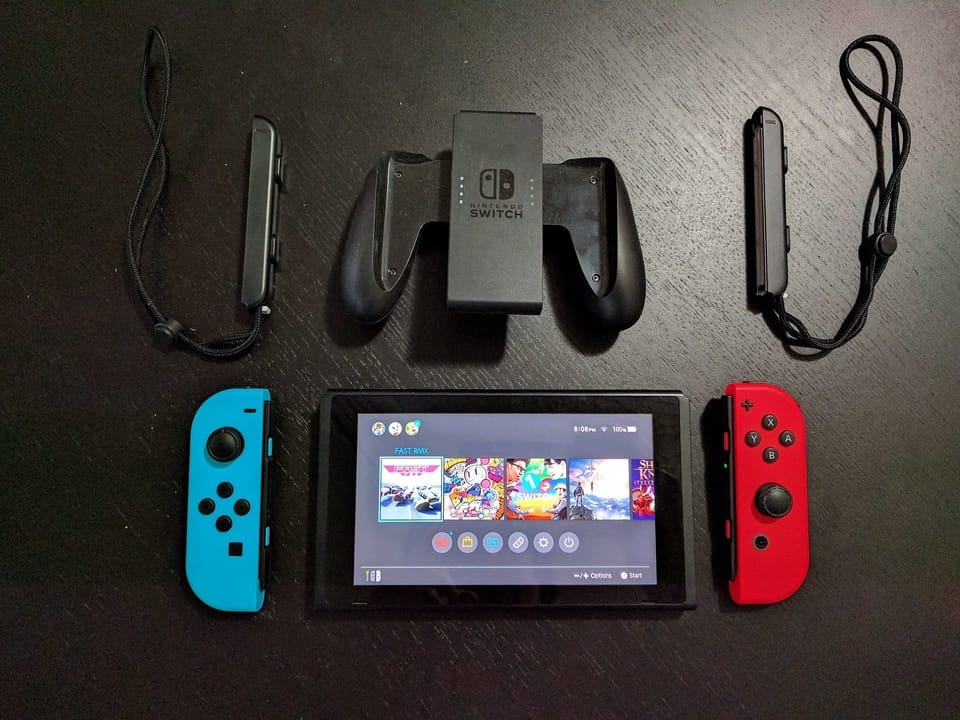
Cue the Nintendo Switch “click” sound effect. Since its reveal in October 2016, information about the hybrid console had consumers excited for what Nintendo had in store. A console that works on your TV but can also seamlessly transition to a handheld mode? And uses cartridges instead of discs? It was unheard of. But here we are today, able to play games like The Elder Scrolls V: Skyrim and Doom (2016) on a device smaller than most laptops. The Switch sits comfortably in limbo between being the classic definition of a console and an incredibly powerful handheld gaming rig.
Other consoles have toyed with the idea of being able to stop or start playing a game whenever you want. For example, Sony’s PlayStation 4 introduced a rest function, allowing users to pause the console and keep it on low power until they wanted to come back to it. But Nintendo’s handhelds since the DS have been the king of bookmarking any moment in a game. When you wanted to be done, you simply folded up the system, something that really complemented the “play anywhere” mentality of handhelds. No one ever thought that’d be possible with high-budget AAA gaming anytime soon, but the Switch made it a reality.
Its design is simple and easy to grasp, something Nintendo has always focused on to appeal to a more casual, non-gaming crowd. Two Joy-Cons flank the main tablet screen, and these controllers are detachable for your comfort. Above all, the two controllers can be used separately for any multiplayer games that support it. For more traditional gamers, a Pro Controller is available that’s more in line with a Dualshock or Xbox One controller. The screen has touch functionality, which games take advantage of when relevant. Nintendo had answers for any questions someone might have about the Switch, a sign of its clever design.
The Wii Who?
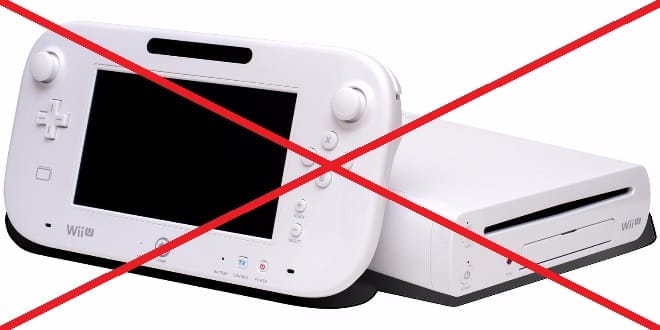
2017 has marked a triumphant return to form for the Japanese gaming juggernaut. Two generations ago, the company released the Wii, which took some risky design choices that paid off incredibly well. Being one of the best-selling consoles ever seen, it was hard to see Nintendo fail.
But then the Wii U launched in November 2012. While it had some interesting ideas, it failed to make the same kind of money its predecessor did. The console took Nintendo out of the competition with Sony and Microsoft. Every AAA game was slated for release on the PS4, Xbox One, and PC—not even a whimper about the Wii U, especially toward the end of its life cycle. The unfortunate console officially stopped production at the end of January 2017, shortly before the Switch took the reigns and made an incredible comeback for the company.
The Switch is on pace to outsell the Wii U. The hybrid console isn’t even a year old, and it already has 10 million sales under its belt. For comparison, the Wii U only sold 13.56 million across its five-year lifespan. Of course, the Wii U still has some perks over its replacement. It’s still backwards compatible with the Wii, which is something the Switch can’t do. The Wii U also has the virtual console, giving players access to countless classics from the past. However, with the treatment Nintendo’s been giving its newest baby, things are only looking up for the Switch.
While the console isn’t inherently backwards compatible, Nintendo’s got it covered. Mario Kart 8 Deluxe and Pokken Tournament DX have shown a recent trend in porting important Wii U titles to the Switch in some fashion. It was even recently announced that Bayonetta 2, a former Wii U exclusive, is getting a Switch version. Frankly, it’s only a matter of time before a new Super Smash Bros. game comes to light, whether it’s a remaster of the one on Wii U or a new game entirely. Virtual console is also likely just over the horizon for the Switch, rendering the Wii U an even more moot point than it ever has been.
The Slow and Eventual Death of the Nintendo 3DS
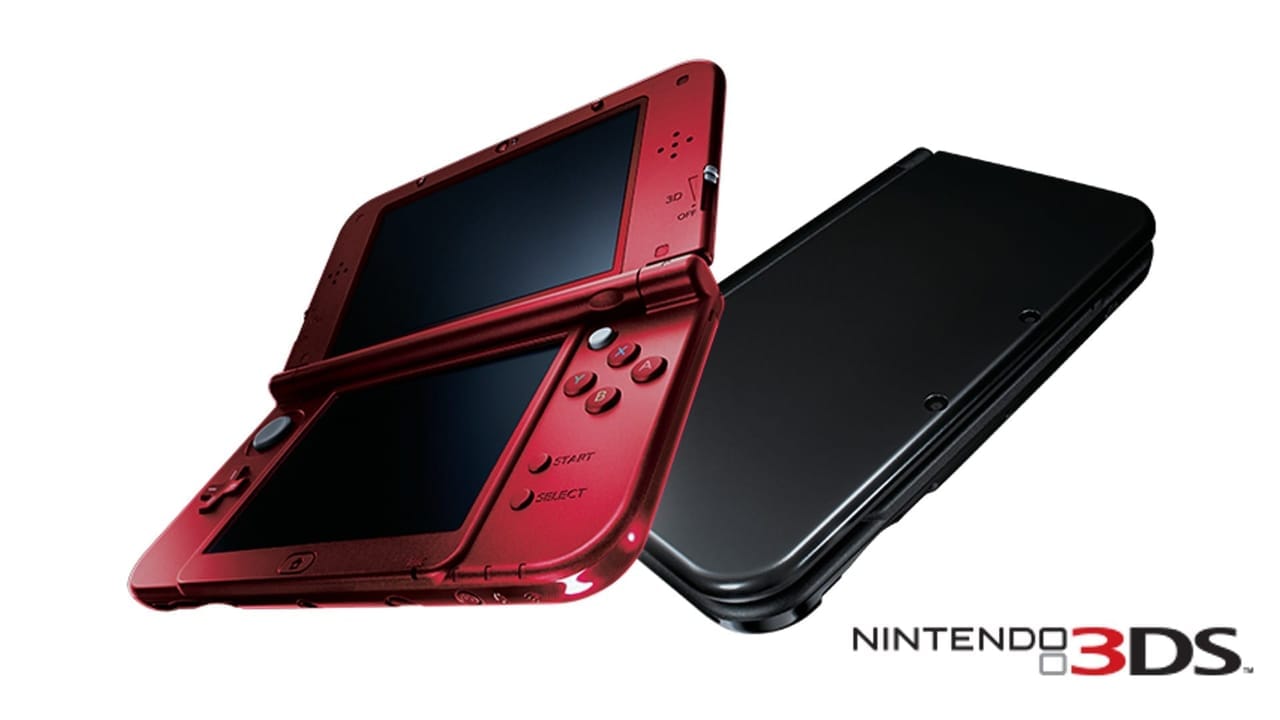
Early in the Switch’s life cycle, Nintendo was adamant about its dedicated handheld system not falling by the wayside. And for the foreseeable future, that seems true enough. September saw the arrival of Metroid: Samus Returns, an incredible remake of Metroid II. November brought with it Pokémon Ultra Sun and Ultra Moon, the newest games from a franchise that has historically performed well on Nintendo handhelds. But what’s next? As far as we know, the 3DS has a few RPGs lined up for 2018, such as Radiant Historia: Perfect Chronology and Shin Megami Tensei: Strange Journey Redux. A new Kirby game is also slated for release in January in the U.S. But the long-term future of the handheld isn’t looking too bright.
We likely won’t see the 3DS become obsolete for at least another year, but it’s hard to see a world where both the 3DS and Switch coexist without eating each other’s market. Nintendo has a hot new toy that outperforms its dual-screened forefather in almost every way. Sooner or later, people will start asking why games would come out on a weaker platform when the Switch can play it better. The eventual nail in the coffin will be whenever the next major Pokémon RPG comes out, which was confirmed to be in the works for only the Switch at Game Freak headquarters. The 3DS will lose a lot of horsepower without another mainline Pokémon title, and by then, it’s possible that enough Switch’s will be sold to shift the 3DS’s place in the market.
Whether Nintendo will push for a successor for its handheld has yet to be determined. If I had to bet, I’d say all eyes should be on the Switch. The company is likely going to focus more on its hybrid device, slowly but surely phasing out the concept of separate handheld and console systems.
Switch’s First-party Support is Bonkers
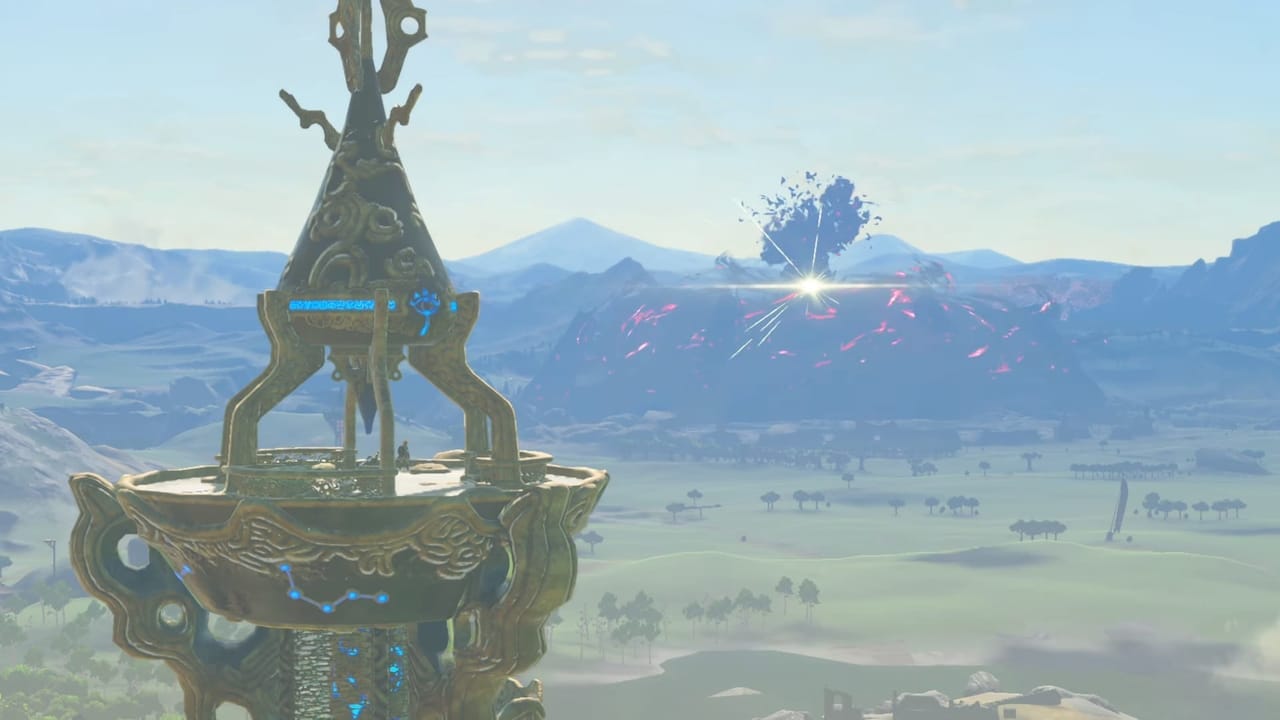
Let’s stop talking hardware though. Nintendo is also responsible for supplying consumers with some software, and it brought out the big guns to support its newest baby. The Switch launched with critically acclaimed The Legend of Zelda: Breath of the Wild, which, nine months later, finds itself comfortably sitting on many publications’ lists of best games of the year. Not only was the game an amazing take on the open-world genre, it also proved that the Switch can deliver on its promise of providing an AAA experience on both a TV and a small screen. Throughout 2017, there was always something new coming from Nintendo itself.
Arms sprung its way into people’s hands in June, showing off the motion controls of the Joy-Cons in a new take on fighting games. It was a franchise never seen before from Nintendo, featuring an unexplored world with characters no one knew. More importantly, however, it was a game that could truly only exist on the Switch. Sure, the motion controls weren’t necessary, but its identity as a fighting game is inherently tied to the features of its one-of-a-kind console.
The squid kids of Splatoon 2 made their triumphant Switch debut in July, showcasing Nintendo’s commitment to its newer IP. The colorful characters of the Fire Emblem franchise even got a moment to shine, although not in the way many would expect. This year at E3, the company announced Kirby and Yoshi games are in the works for a 2018 release, and it even teased Metroid Prime 4. With Pokémon also joining the fray, a majority of Nintendo’s iconic titles seem to be looking to cash in on the Switch’s wild success.
But we can’t forget about the mustachioed granddaddy of it all: the former plumber. In October, Super Mario Odyssey was released (on the same day as two other major AAA releases, by the way). Much like the Zelda release earlier in the year, Odyssey showed off the Switch’s technical chops in every way, even incorporating motion controls. The game helped to bookend an incredible launch year for the hybrid console that looks to have a bright future.
Major Third-party Support
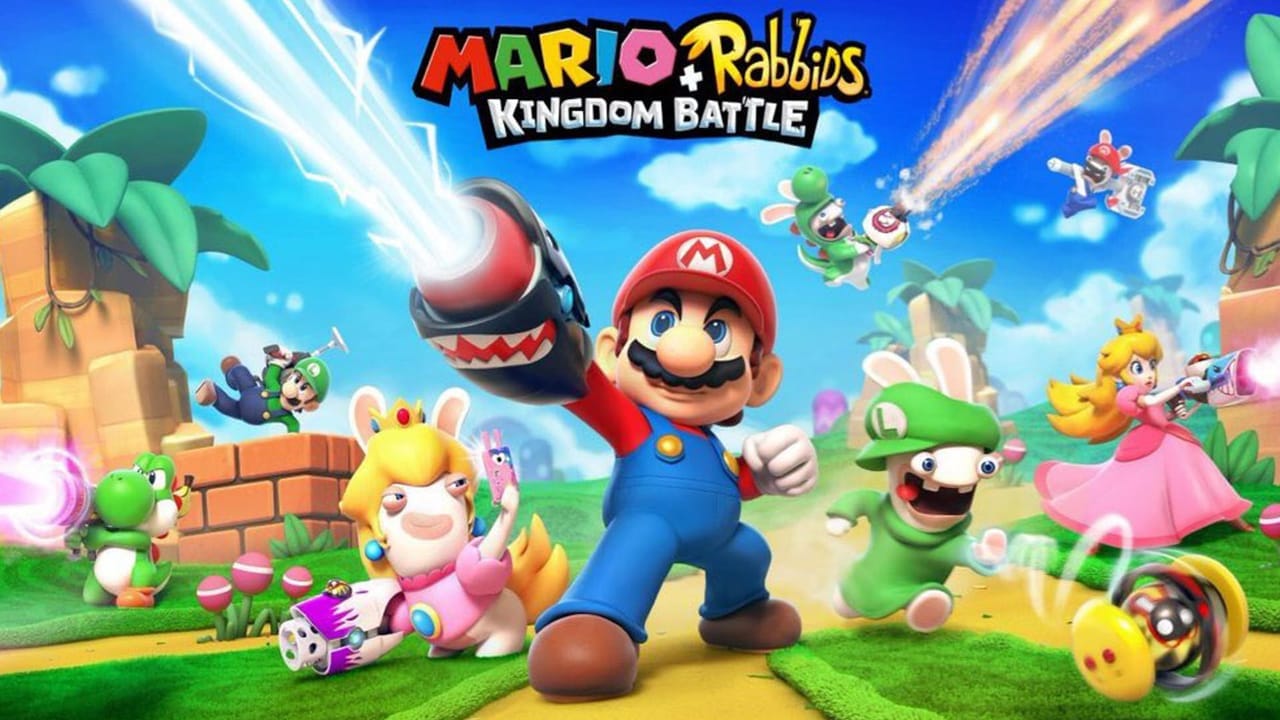
When the Switch was gearing up for release, there was a concern about the amount of third-party support for the hardware. The Wii U didn’t inspire any faith in people, but Nintendo promised that a wide range of developers were interested in putting games on the platform, including notable big hitters like Ubisoft and Bethesda. Much like a majority of the promises made for 2017, Nintendo delivered.
Ubisoft brought over Rayman Legends: Definitive Edition, but more importantly, it developed a Switch exclusive using characters from the Mario universe. Mario + Rabbids Kingdom Battle, a strategy game featuring the titular characters, came out in August and was surprisingly well received. It’s something completely out of left field, but that’s been Nintendo’s narrative this year, in a way. It’s not often that the rights to one of Nintendo’s IP is handled by someone else, but the risk paid off well.
Bethesda released some of its own titles for the Switch this year, as well. The ever-popular Skyrim came with some Zelda-inspired content, and the ultraviolent shooter Doom found its own port. In a surprise announcement, we also learned that we’ll soon be able to kill Nazis on the go in Wolfenstein II: The New Colossus—a game that just released at the end of October on PS4, Xbox One, and PC. No longer is Nintendo assumed to be out of the conversation when it comes to major releases.
Of course, this isn’t to say that every AAA game will most definitely come to the Switch. As great as the system is, it’s hard to deny that it objectively has less processing power compared to its competition. Skyrim and Rayman Legends are both older titles, while Doom and Wolfenstein II feature the id Tech 6 engine, one of best engines for scalability in terms of performance. Still, the fact remains that the console is building up some third-party support, which will hopefully be fleshed out in the years to come.
Don’t Forget the Indies
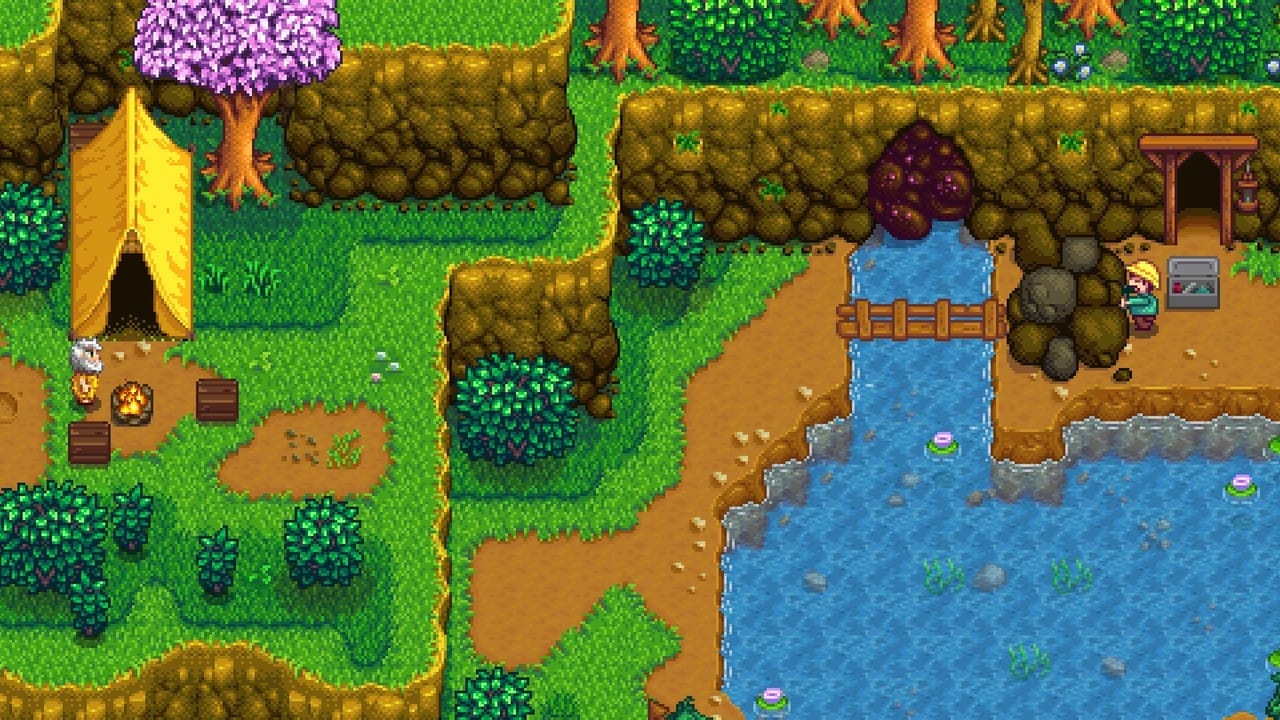
If the bigger AAA games from both first- and third-party developers provided the Switch with an excellent springboard, then it’s the incredible work of the indie teams that give the console a strong landing. On launch, Shovel Knight, one of the highest-profile indie titles in recent years, came to Nintendo’s newest machine, even bringing an amiibo of the eponymous character with it. The console even launched with brand new indie titles, like Snipperclips, an adorable puzzle game that truly cashes in on how easy it is to play couch co-op with a friend.
Indie darlings of gaming past are making their way to the Switch, such as Stardew Valley and The Binding of Isaac Afterbirth+. Newer games are making sure to include the Switch in their console lineup. Just look at SteamWorld Dig 2 and Battle Chef Brigade, both of which released this year. If you spend any time browsing the Nintendo eShop, you’ll probably run into more indies than anything, and unlike Steam, Nintendo has expressed its commitment to vetting the products on its virtual shelves.
Some studios have already expressed their success on the Switch. Lizardcube, developer of Wonder Boy: The Dragon’s Trap, reported back in September that the Switch version of its game sold more copies than all other platforms combined. That includes the massive install bases of the Xbox One, PlayStation 4, and PC. Developer MixedBag echoed the sentiment, saying its game Forma.8 brought it the highest revenue through the Switch. The game is also available for iOS, although it’s sold for a lower price. It may be too early to say that the hybrid console is a magical haven for successful indie games, but the future looks bright.
Nintendo after the 1-Up Mushroom
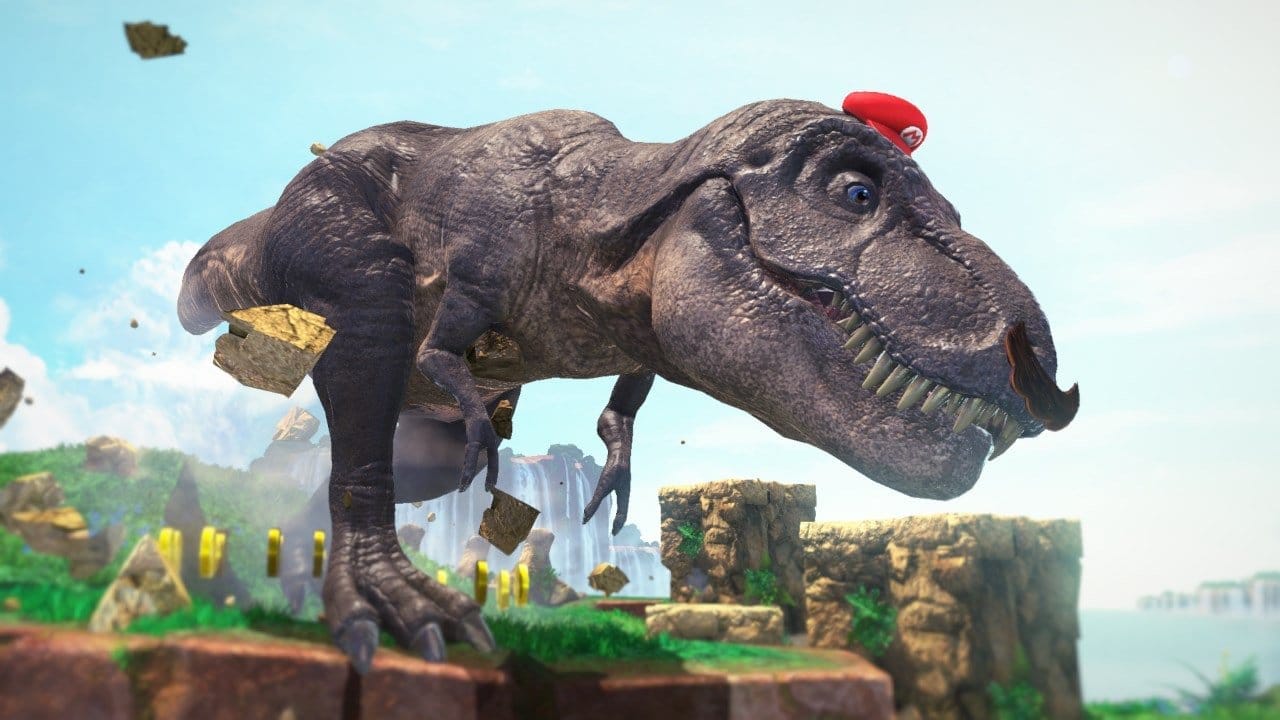
Whether Nintendo has been an integral part of your gaming life, it’s hard to deny how big of a comeback 2017 was for the Japanese game developer. The Wii U may have single-handedly put the company in last place as far as console wars go, but the Switch changed everyone’s tune just as easily. Combining a small yet comfortable form factor with the power to deliver truly big-budget gaming experiences has proven to be a risk worth taking. Although the compound nature of the device,as both a handheld and a console, may eventually cannibalize Nintendo’s 3DS family, it’s hard to say no to everything the Switch offers. The modest yet super-effective design of the Joy-Cons offer a variety of ways to play any game, even multiplayer ones.
Nintendo has had a year as magical as its newest flagship console. Its two largest franchises have essentially been redefined for the better, receiving almost universal praise that has set a high bar for future first-party titles. By generating well-deserved hype about itself, Nintendo has convinced third-party developers to jump on the Switch train in droves. Looking at sales figures, the Switch is on track to be one of the most successful consoles ever, something no one would even joke about concerning the Wii U.
Above all, there’s a promising future ahead of Nintendo. Metroid Prime 4 and a new Pokémon RPG are on the way. Third-party heavy hitters like Wolfenstein II: The New Colossus will find their way to its console. There are indie gems no one’s heard of yet that will add the right kind of spice to the Switch’s steadily growing catalog. Nintendo has done well in the past year, pushing not only itself as a company but also the industry as a whole. Many eager eyes are waiting to see what’s in store for Nintendo in 2018, but only because they impressed so much in 2017.
Have a tip, or want to point out something we missed? Leave a Comment or e-mail us at tips@techraptor.net
